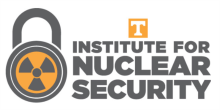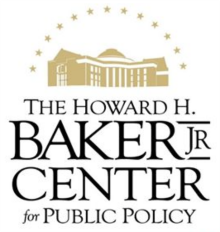Abstract
The current emphasis on the need to protect radioactive sources from being used for malicious purposes makes it imperative to explore and shape an appropriate culture-based response. Promoting a robust security culture is consistent with the international legal instruments and standards including the Code of Conduct for the Safety and Security of Radioactive Sources and IAEA guidance publications. This promotion would be dependent upon the successful implementation of relevant self-assessment tools and a series of culture indicators, both of which would serve as benchmarks to take a culture’s measure and identify practical ways to improve security. This approach must adjust the generic IAEA model and self-assessment methodology for nuclear security culture in order to accommodate the specific requirements in operation when using radioactive sources. Though the IAEA’s concept of security culture and its self-assessment recommendations are designed to be generic in order to apply to a wide range of facilities and activities, the modifications proposed in this paper are needed to make those recommendations more user friendly and consistent with the security risks and requirements. The distinct features of the proposed recommendations, to be reflected in the new design of security culture, can be summarized as: continued prevalence of safety orientation, application in diverse work environments, multiple and inter-modal transport, integration of host organizations into overall security regime, mobile and portable operation, limited security awareness and resources, and disposal challenges. These special features also justify a differentiated approach to security culture inside organizations licensed to use radioactive sources. More frequent and more concerted efforts, including training and self-assessment, are expected to focus on a select group of employees who have direct relationships with radioactive sources (e.g. management teams, security personnel, operational staff, technicians and others). For other employees, efforts would be made concurrently to engage them in the process of raising security awareness, a less proactive endeavor than the development of security culture. The proposed differentiation is a targeted approach designed to make time and resource investment in training and culture assessment commensurate with specific roles and responsibilities of individuals. This risk-based approach can facilitate a more robust and sustainable security regime for radioactive sources throughout their life cycle, i.e. from cradle to grave.
DOI
https://doi.org/10.7290/ijns050102
Recommended Citation
Khripunov, Igor
(2019)
"Risk-Based Approach in the Self-Assessment of Nuclear Security Culture for Users of Radioactive Sources,"
International Journal of Nuclear Security:
Vol. 5:
No.
1, Article 2.
https://doi.org/10.7290/ijns050102
Available at:
https://trace.tennessee.edu/ijns/vol5/iss1/2
Creative Commons License

This work is licensed under a Creative Commons Attribution 4.0 International License.
Included in
International and Area Studies Commons, Leadership Studies Commons, Organization Development Commons, Public Administration Commons, Terrorism Studies Commons


